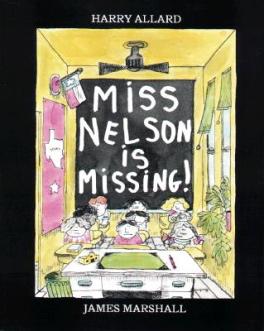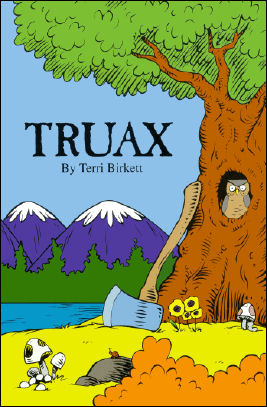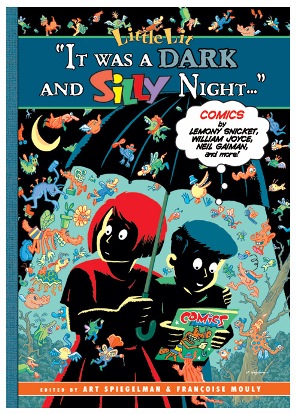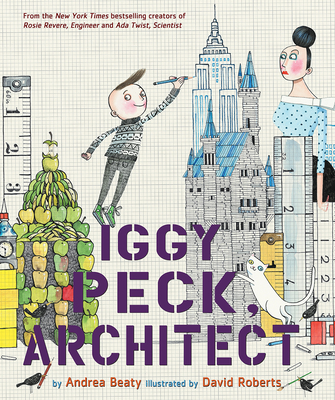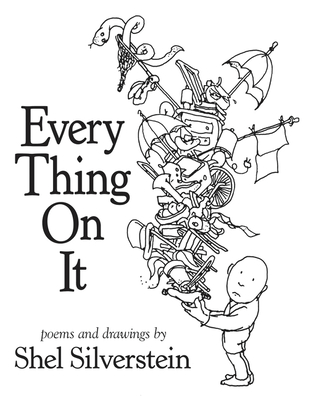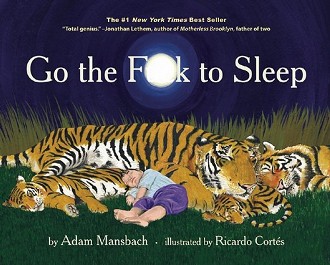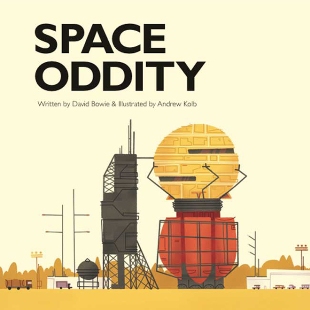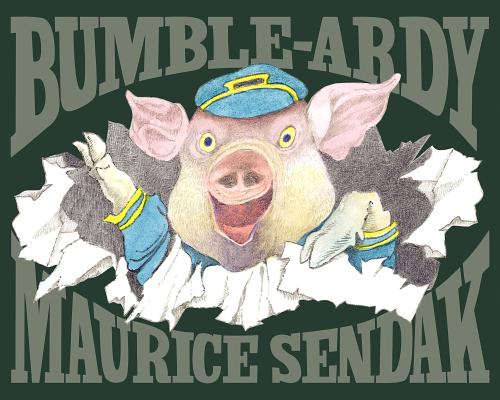It’s Friday, so I thought I’d take a break from obsessing over my own collection of books and share with you a few links, videos, and other resources that might help you start building your own library of awesome kids titles.
For starters, keeping with September’s apparent theme of “new works from massively iconic children’s lit authors”, a new Dr. Seuss book was released this week – The Bippolo Seed and Other Lost Stories, a collection of short illustrated pieces that Seuss originally created for magazines decades ago. (New Sendak, new Shel Silverstein, new Seuss – this September has been amazing month for kids lit… and alliteration.) The book was assembled by self-proclaimed “Seuss-o-logist” Charles Cohen and this video explains how the volume came to be
So, obviously, The Bippolo Seed looks like a killer addition for your home library if your kids are big Seuss fans.
In terms of general library building:
-
Check out this fantastic list titled “Building a Home Library of Children’s Books: 50 Must-Have Titles” by Pat Wroclawski, the children’s book consultant at The Book Stall at Chestnut Court in Winnetka, Illinois. Pat includes all of the core titles you’d expect – Brown Bear, Brown Bear, Goodnight Moon, The Very Hungry Caterpillar, etc. – but the list gets extra bonus points for some very cool suggestions beyond the normal canonical works, including fantastic titles like Miss Nelson is Missing by Harry Allard and James Marshall, A Chair for My Mother by Vera Williams, The True Story of the 3 Little Pigs by A. Wolf by Jon Scieszka and Lane Smith, and more.
- If you’re concerned about the price of building a home library – books ain’t cheap – this Nesting.com article by Terry Doherty has some decent guidelines for getting the most bang for your buck when it comes to tracking down books for your kids. We’re going to have some similar articles on this topic posted to the blog soon – specifically about my love of finding cheap lots of 1970s Sesame Street Book Club books on eBay.
- And, finally, even though the link looks NSFW, ANY true book-freak will go MENTAL checking out the images on the Bookshelf Porn Tumblr page, which has created a gallery of some of the most amazing, drool-worthy bookshelves you’ve ever seen. Seriously, book fans, prepare to ache with envy.
{ 0 comments }
